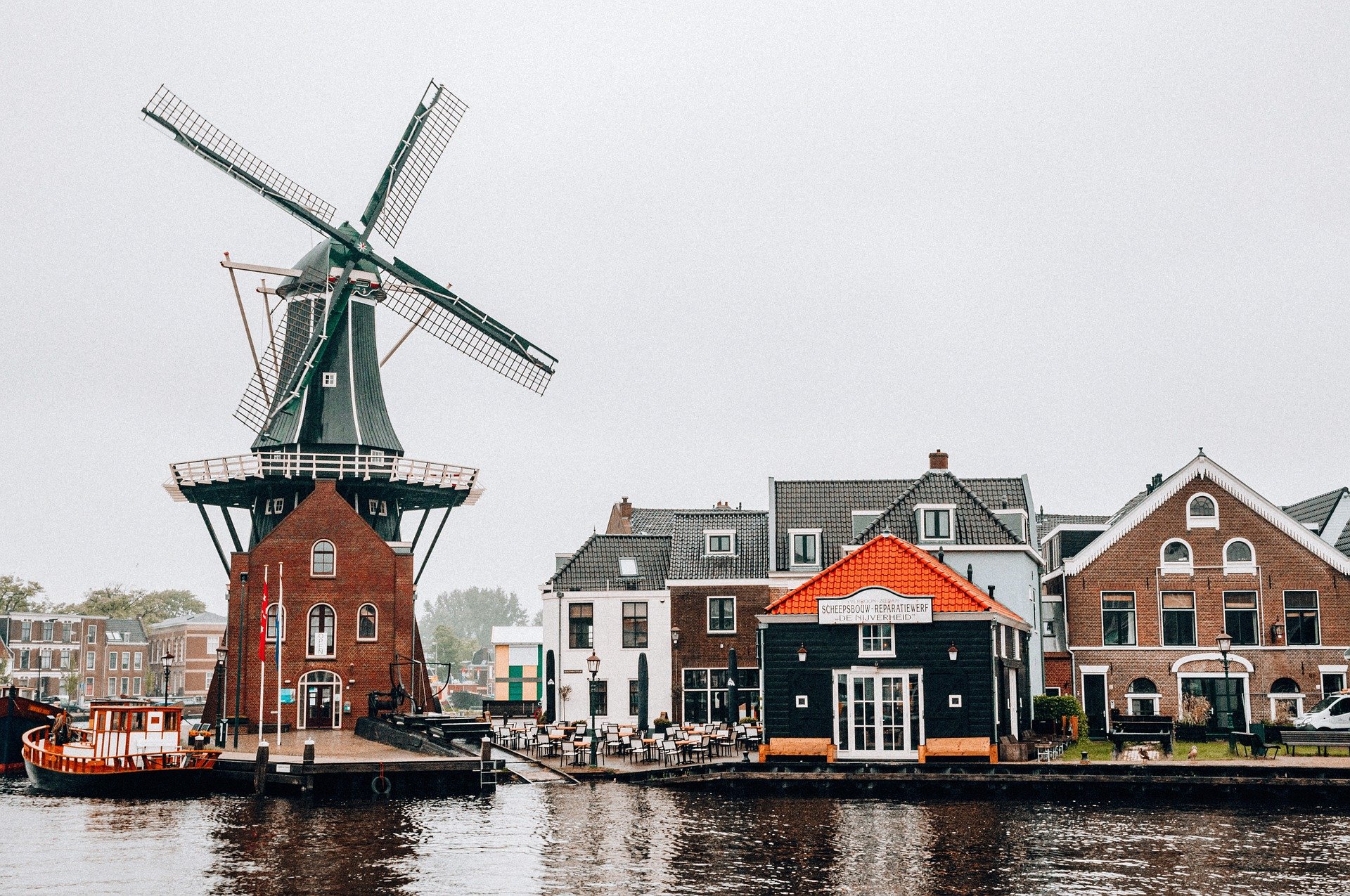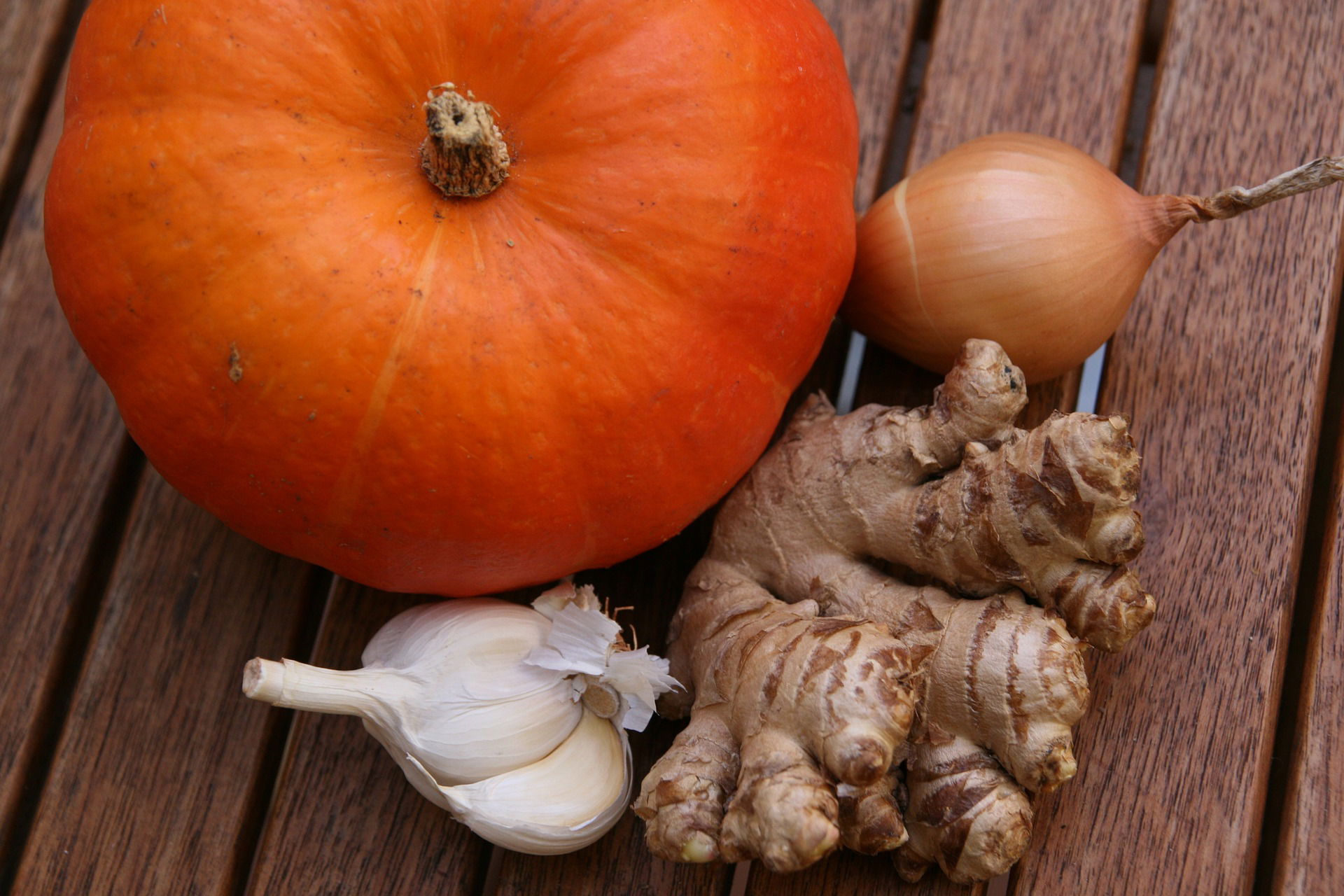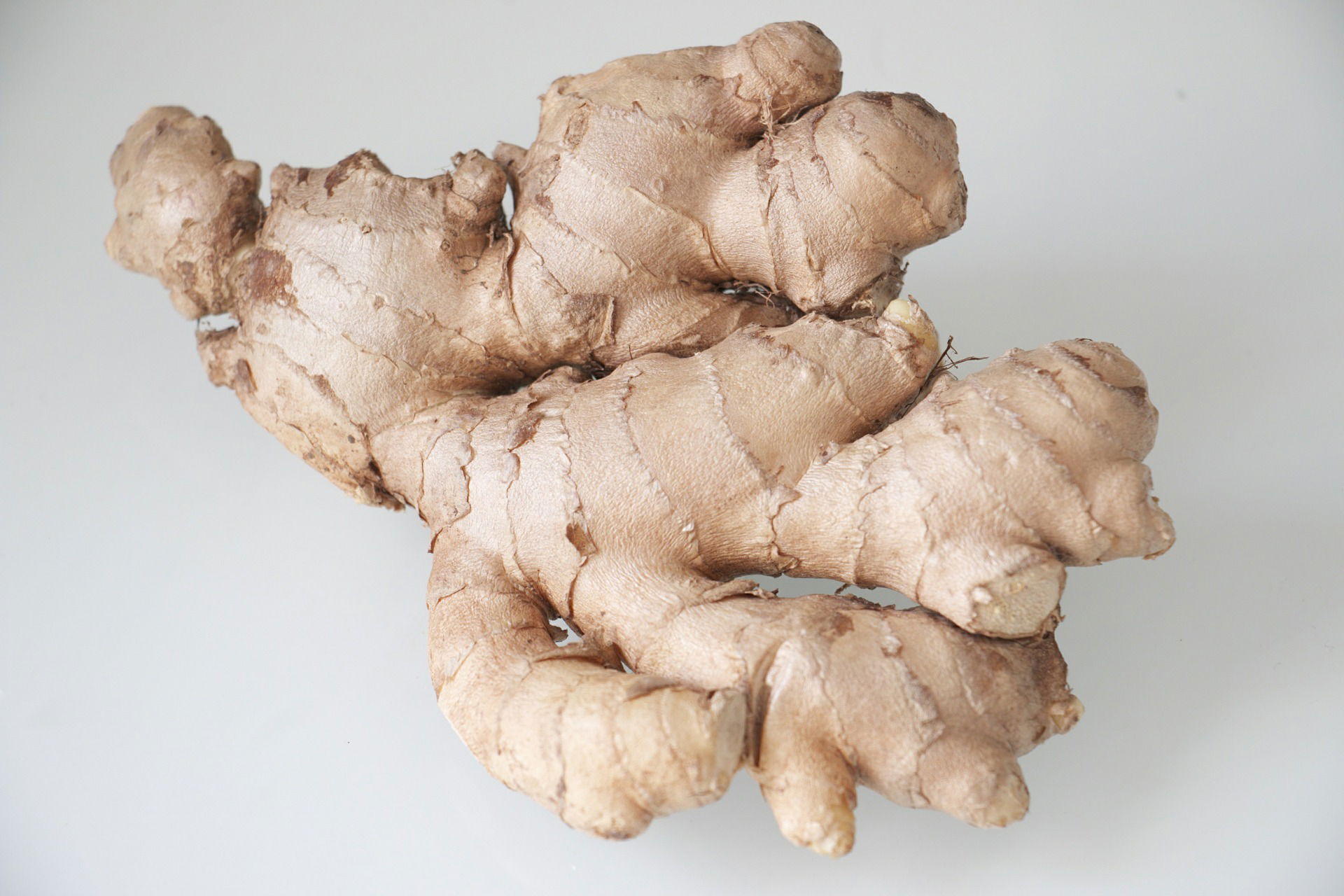Fresh ginger has been a popular spice in the Netherlands for centuries, often used for its unique flavor and health benefits.

Fresh ginger has been a popular spice in the Netherlands for centuries, often used for its unique flavor and health benefits. As the world's largest ginger exporter, the Netherlands has a thriving market for both fresh ginger and ginger-based products. In this article, we dive into the cultivation, production, culinary uses, and health benefits of fresh ginger in the Netherlands. We also explore the availability and accessibility of fresh ginger in the country, as well as the challenges and opportunities in the ginger market. Finally, we consider the sustainability and ethical considerations of fresh ginger production in the Netherlands.
Introduction to Fresh Ginger in the Netherlands
Fresh ginger is an aromatic and spicy root that has been used for centuries for both culinary and medicinal purposes. Although ginger is not native to the Netherlands, it has become a popular ingredient in Dutch cuisine due to its unique flavor and health benefits. In this article, we will explore the cultivation, production, health benefits, and culinary uses of fresh ginger in the Netherlands.

What is Fresh Ginger and its Origin
Fresh ginger is the root of the Zingiber officinale plant, which is native to Southeast Asia. The plant has green leaves and small, yellow flowers, but it is the knobby, light brown root that is used in cooking and medicine. Ginger has been used for thousands of years in Asian and Indian cultures for its medicinal properties, and it was later introduced to Europe by Arab traders in the 11th century. Today, ginger is grown and consumed around the world.
Why is Fresh Ginger Popular in the Netherlands
Fresh ginger has become a popular ingredient in Dutch cuisine due to its unique flavor and versatility. It adds a spicy kick to dishes like stir-fries, curries, and soups, and it can also be used in both sweet and savory dishes. Additionally, ginger is known for its health benefits, including its anti-inflammatory and antioxidant properties.

Cultivation and Production of Fresh Ginger in the Netherlands
The Dutch Climate and its Effect on Fresh Ginger
The Netherlands has a temperate maritime climate, which is not ideal for growing ginger. Ginger thrives in warm and humid conditions, and the Netherlands can be cool and damp. However, Dutch farmers have found ways to grow ginger using greenhouses and other methods.
Growing Fresh Ginger in the Netherlands
Dutch farmers typically grow ginger in greenhouses, which allows them to regulate the temperature and humidity. The ginger is grown in special containers filled with soil and coconut fiber, and it takes around 8-10 months for the ginger plant to mature. During this time, the plants are carefully tended to and fertilized.
Harvesting, Sorting, and Packing Fresh Ginger in the Netherlands
After the ginger plants mature, the roots are carefully harvested by hand. The roots are then sorted and washed to remove any dirt or debris. Finally, the ginger is packed and shipped to markets and retailers throughout the Netherlands and Europe.

Health Benefits of Using Fresh Ginger in the Netherlands
Gingerol and its Health Properties
Ginger contains a compound called gingerol, which has been shown to have anti-inflammatory and antioxidant properties. This compound is believed to be responsible for many of ginger's health benefits, including its ability to reduce pain and inflammation.
Anti-Inflammatory and Antioxidant Benefits
In addition to gingerol, ginger contains other compounds that have anti-inflammatory and antioxidant properties. These properties have been linked to a number of health benefits, including reduced risk of chronic diseases like heart disease and cancer.
Other Benefits of Fresh Ginger in the Netherlands
Fresh ginger is also believed to aid in digestion, relieve nausea and vomiting, and even boost brain function. Some studies have even shown that ginger may help to reduce menstrual pain and lower blood sugar levels.

Culinary Uses of Fresh Ginger in the Netherlands
Using Fresh Ginger in Traditional Dutch Recipes
Fresh ginger is not traditionally used in Dutch cuisine, but it has become a popular ingredient in more modern fusion dishes. For example, it can be added to stamppot, a traditional Dutch dish of mashed potatoes and vegetables, to give it a spicy kick.
Using Fresh Ginger in Modern Fusion Cuisine
Fresh ginger is often used in modern fusion cuisine in the Netherlands. It can be added to dishes like noodle soups, stir-fries, and curries to add flavor and a little bit of heat. Additionally, ginger can be used to make gingerbread and other baked goods.
Other Uses of Fresh Ginger in the Netherlands
In addition to its culinary uses, fresh ginger can also be used to make tea, tonics, and other beverages. It can also be used in skincare and haircare products due to its anti-inflammatory properties.

Availability and Accessibility of Fresh Ginger in the Netherlands
Ginger is a popular ingredient in many Dutch households, especially in Asian cuisine. It is available in different forms, including fresh ginger root, powdered ginger, and pickled ginger.
Where to Buy Fresh Ginger in the Netherlands
Fresh ginger can be found in many supermarkets and specialty stores across the Netherlands. Major supermarket chains like Albert Heijn, Jumbo, and Lidl have fresh ginger available, as well as Asian supermarkets like Amazing Oriental and Wah Nam Hong. The Hague and Amsterdam have a larger selection of specialty stores with Asian spices and ingredients.
Price and Quality of Fresh Ginger in the Netherlands
The price of fresh ginger in the Netherlands can vary depending on the store and the time of year. On average, fresh ginger root can cost around €1.50 - €2.50 per 100 grams. The quality of fresh ginger is generally good, with imported ginger from countries like Peru and China being the most common.
Seasonal Availability of Fresh Ginger in the Netherlands
Fresh ginger is available year-round in the Netherlands, but it is considered a seasonal ingredient in some parts of the world. The availability of fresh ginger can be affected by weather conditions, but importing from different countries ensures a steady supply throughout the year.

Challenges and Opportunities in the Fresh Ginger Market in the Netherlands
While fresh ginger is popular in the Netherlands, the market for it is not without its challenges and opportunities.
Competition from Other Countries
The Netherlands faces competition from other countries when it comes to fresh ginger production and distribution. Countries like India, China, and Peru are major producers of ginger, and they offer lower prices due to higher volumes. This makes it harder for Dutch businesses that import ginger to compete.
The Dutch Market for Fresh Ginger
The Dutch market for fresh ginger is still expanding, as more people are discovering the flavor and health benefits of this ingredient. The demand for organic, locally sourced ginger is also growing, which creates opportunities for Dutch farmers to produce ginger themselves.
Potential for Expansion in the Fresh Ginger Market in the Netherlands
There is potential for the fresh ginger market in the Netherlands to expand further with increased awareness of ginger's many health benefits. Ginger's anti-inflammatory properties make it a popular ingredient in natural health and wellness products. The use of ginger in non-traditional cuisines such as baking and cocktails is also a growing trend.

Sustainability and Ethical Considerations of Fresh Ginger Production in the Netherlands
When it comes to sustainability and ethics in fresh ginger production, the Netherlands takes these considerations seriously.
Environmental Impact of Fresh Ginger Production
The Netherlands has strict environmental regulations in place to protect its natural resources. Ginger production in the Netherlands is likely to have a lower carbon footprint than importing it from other countries. Dutch farmers also use sustainable farming practices like crop rotation and integrated pest management to minimize the use of pesticides and herbicides.
Social Responsibility in Fresh Ginger Production
Dutch ginger importers and distributors are committed to ensuring ethical sourcing and fair labor practices. Many importers have established relationships with suppliers that provide fair working conditions and wages for their employees.
Future Sustainability of Fresh Ginger Production in the Netherlands
The Netherlands has a reputation for being a leader in sustainable agriculture, and there is no reason why fresh ginger production cannot be part of this. With increased demand for locally sourced, organic ginger, there is a potential for Dutch farmers to grow ginger themselves sustainably. As consumers become more aware of the environmental and ethical impact of their food choices, the demand for sustainable ginger production is likely to increase.
Fresh ginger has become an essential ingredient in the Dutch cuisine, and its popularity is only growing. The Netherlands' dedication to sustainable and ethical practices in ginger production means that consumers can enjoy fresh ginger with a clear conscience. Overall, the future of fresh ginger in the Netherlands is bright, and we can expect to see it remain a staple ingredient in Dutch kitchens for years to come.

FAQ
Is fresh ginger expensive in the Netherlands?
The price of fresh ginger in the Netherlands can vary depending on the season and availability. Generally, fresh ginger can be more expensive than dried ginger or ginger powder, but it is still affordable and widely available in supermarkets and specialty stores.
Can I grow fresh ginger in the Netherlands?
Yes, it is possible to grow fresh ginger in the Netherlands, but it requires specific conditions and expertise. Dutch ginger farmers use greenhouses to create the warm, humid climate necessary for ginger cultivation. If you are interested in growing fresh ginger for personal use, you can try growing it in a pot in a warm, sunny location.
What are some popular Dutch recipes that use fresh ginger?
There are many traditional Dutch recipes that use fresh ginger, such as gingerbread (ontbijtkoek), chicken satay, and ginger snaps (speculaas). However, in recent years, fresh ginger has become a staple ingredient in modern fusion cuisine, and chefs are using it in everything from soups and stews to desserts and cocktails.
What are some sustainable and ethical considerations in fresh ginger production?
Some of the sustainable and ethical considerations in fresh ginger production include environmental impact, fair labor practices, and social responsibility. To reduce the environmental impact of ginger production, Dutch farmers use sustainable farming practices, such as crop rotation and natural pest control. They also prioritize fair labor practices and social responsibility, ensuring that workers are paid fairly and work in safe and humane conditions.
